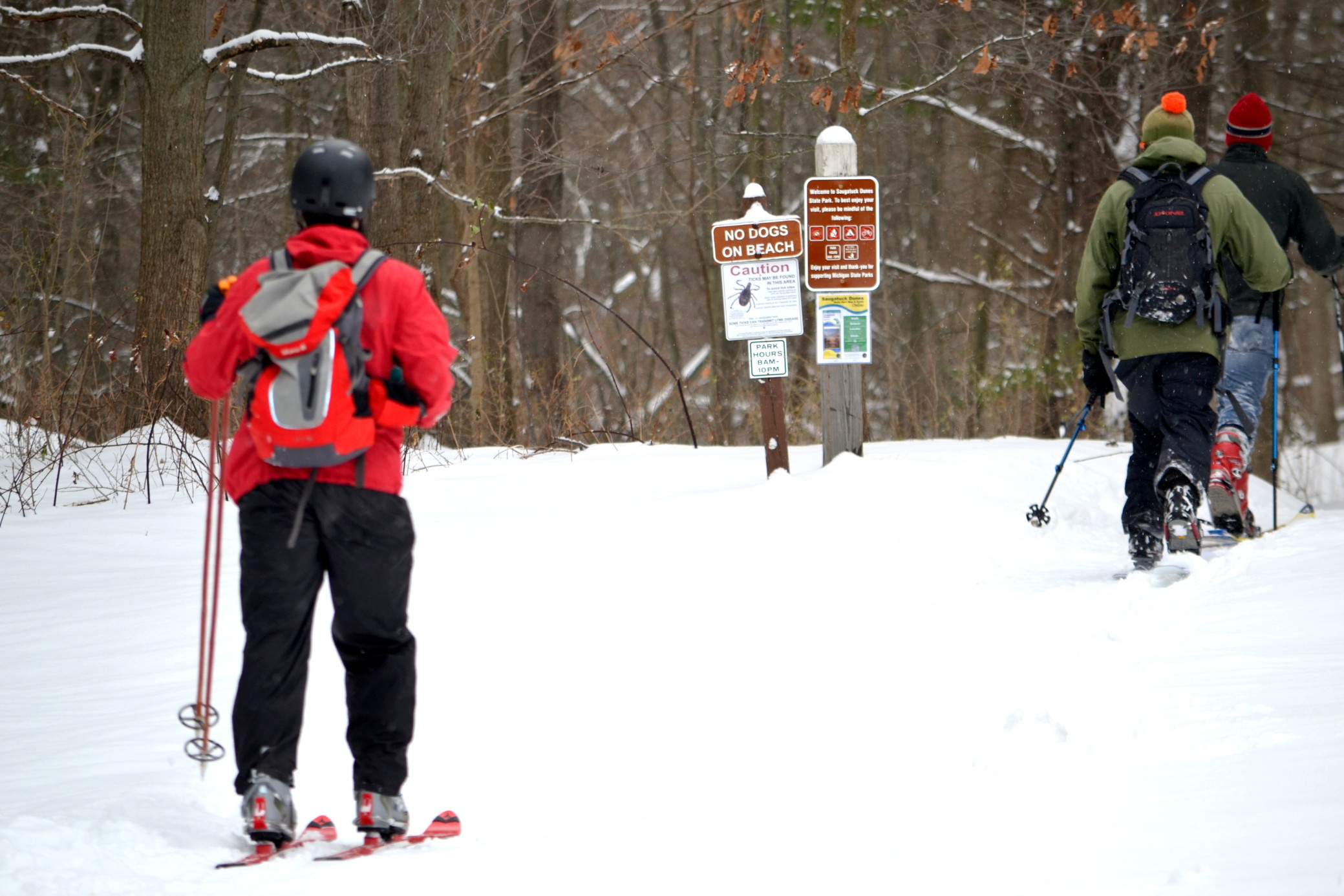
Winter is here, and there’s a chance it might complicate your exercise routine. Fortunately, there are ways to get around the cold and keep exercising during the winter. It’s time to put on some extra layers and take control of the chilly weather—the cold might change a lot of things in Minnesota, but that doesn’t mean it should change the way you work out.
Staying Warm During Winter Exercise
If you like to do your exercise outside during the winter, then a simple change to winter gear can help you handle the cold weather. Depending on the temperature outside, it’s usually in your best interest to wear layers when exercising outside. Hats, gloves, a light jacket, and thick, long socks will help keep you warm during your workout.
It’s a good idea to ensure you’re wearing something that covers your ears and keeps them warm. Protecting your ears from the cold can help prevent headaches and dizziness caused by the cold. It is also recommended to make sure your fingers and toes are covered properly, as well, as they’re especially vulnerable to the cold.
Wearing too many layers, however, may become overwhelming after exercising for a long time as your body produces heat. Check the temperature outside where you’ll be exercising and wear the appropriate winter apparel depending on how high or low the temperature it is. Don’t forget to account for the windchill!
Unsafe Weather and Safety Concerns
Before exercising outside in the winter, check your local weather advisory service for storms, blizzards, or icy conditions. Know the signs and symptoms of cold-related conditions, like hypothermia and frostbite, as well as basic first aid for treating them.
After sweating a lot, inhaling the dry winter air, and releasing so much energy from exercising you become dehydrated, so don’t neglect to bring water during your outdoor winter workout. If you’re exercising at night or in foggy weather, wearing a reflective vest or bright colors will help protect you from passing cars.
For more articles on winter safety, visit the Specialized Health and Safety blog.

